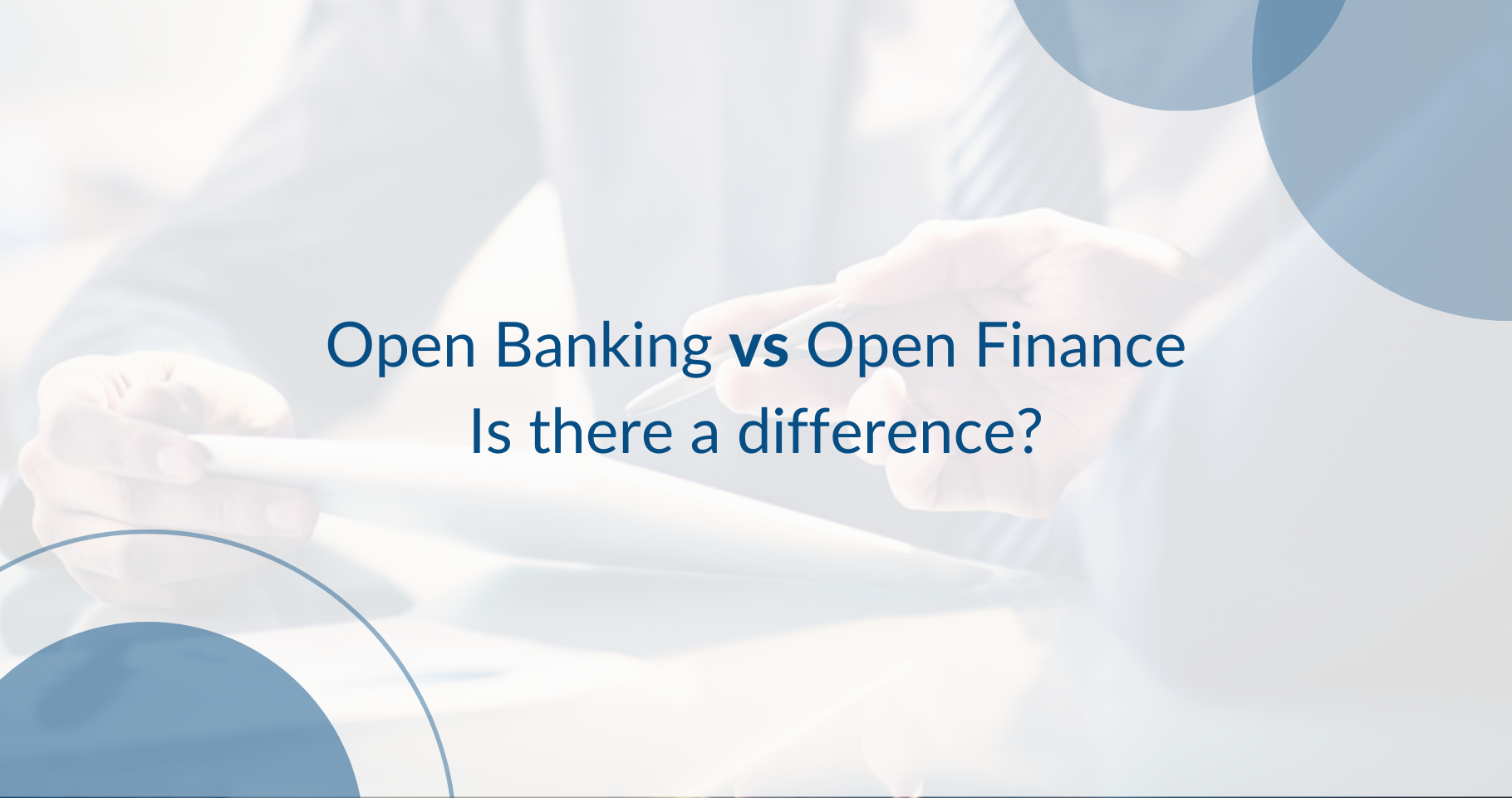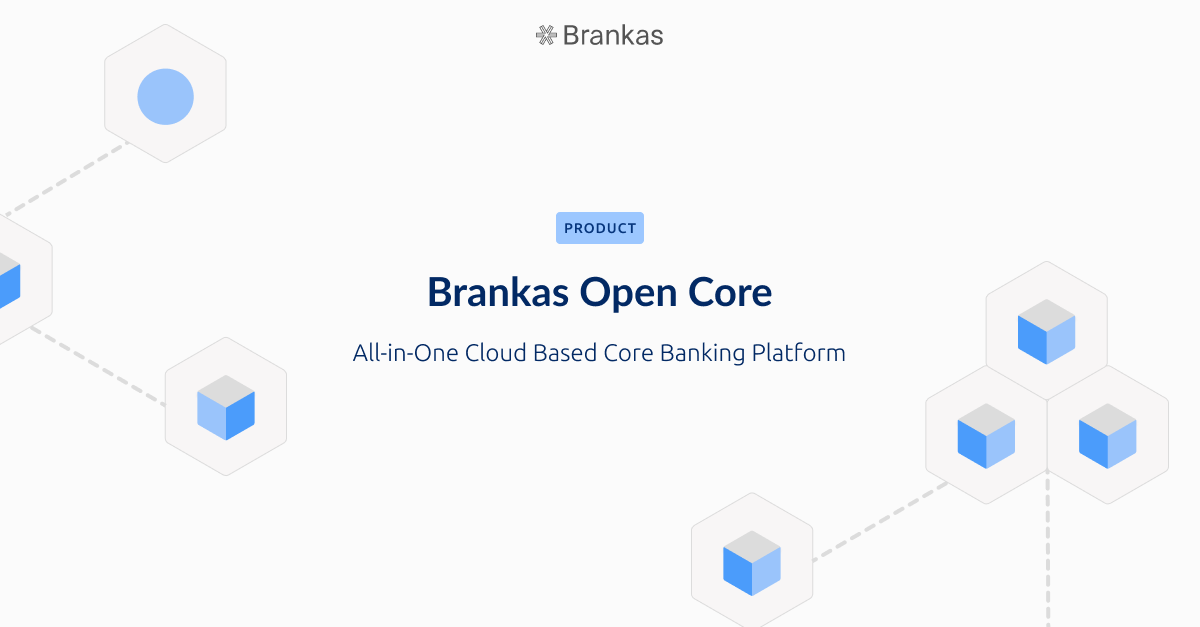
Brankas Direct enables your customers to make instant online payments without leaving your website or app. Read more about Brankas Direct today.

With so many financial developments today, it’s not easy to keep up with such innovations. Then again, staying on top of digital transformation can help secure your spot in your industry. In addition, the right approach can improve your business’s financial stability. Here, open banking and open finance are driving the financial technology industry.
Although people usually interchange the two, key distinctions surround open banking and open finance. This article will tackle those differences, helping you learn their purposes and benefits for your business.
Open banking is a model that lets third-party financial service providers access customer data to facilitate banking transactions. It uses application programming interfaces (APIs) to enable fast and secure movement of banking information.
On the other hand, open finance encompasses open banking and offers a broader scope of financial products and consumer services like insurance, mortgage, pensions, and wealth management. Open finance supports customers through greater control over their financial data.
The following areas can give you a clear picture of what open banking vs. open finance means.
Because of open banking and open finance, the future looks promising for consumers and businesses. Through these financial developments, banks can reach a broader market. Consumers who value ease and convenience can benefit from seamless transactions and the personalization of products and services.
What’s more, remote and underserved populations can access better financial services through open banking and open finance. As these innovations offer more functionalities and benefits to low-income consumers and small businesses, they move closer to the goal of financial inclusion.
The fintech industry continues growing thanks to open banking and open finance innovations. They’re instrumental in making transactions seamless and convenient for consumers while enabling banks and non-banks to use data to tailor financial products and services.
Whether you want to explore open banking or open finance, Brankas can help. As Southeast Asia’s leading open finance technology provider, Brankas offers financial solutions that cater to your customer needs and business requirements. Learn more about Brankas' services.

Brankas Direct enables your customers to make instant online payments without leaving your website or app. Read more about Brankas Direct today.

Introducing Brankas Open Core: Streamlining operations and enabling custom financial products. Know more about Brankas Open Core by visiting our website.